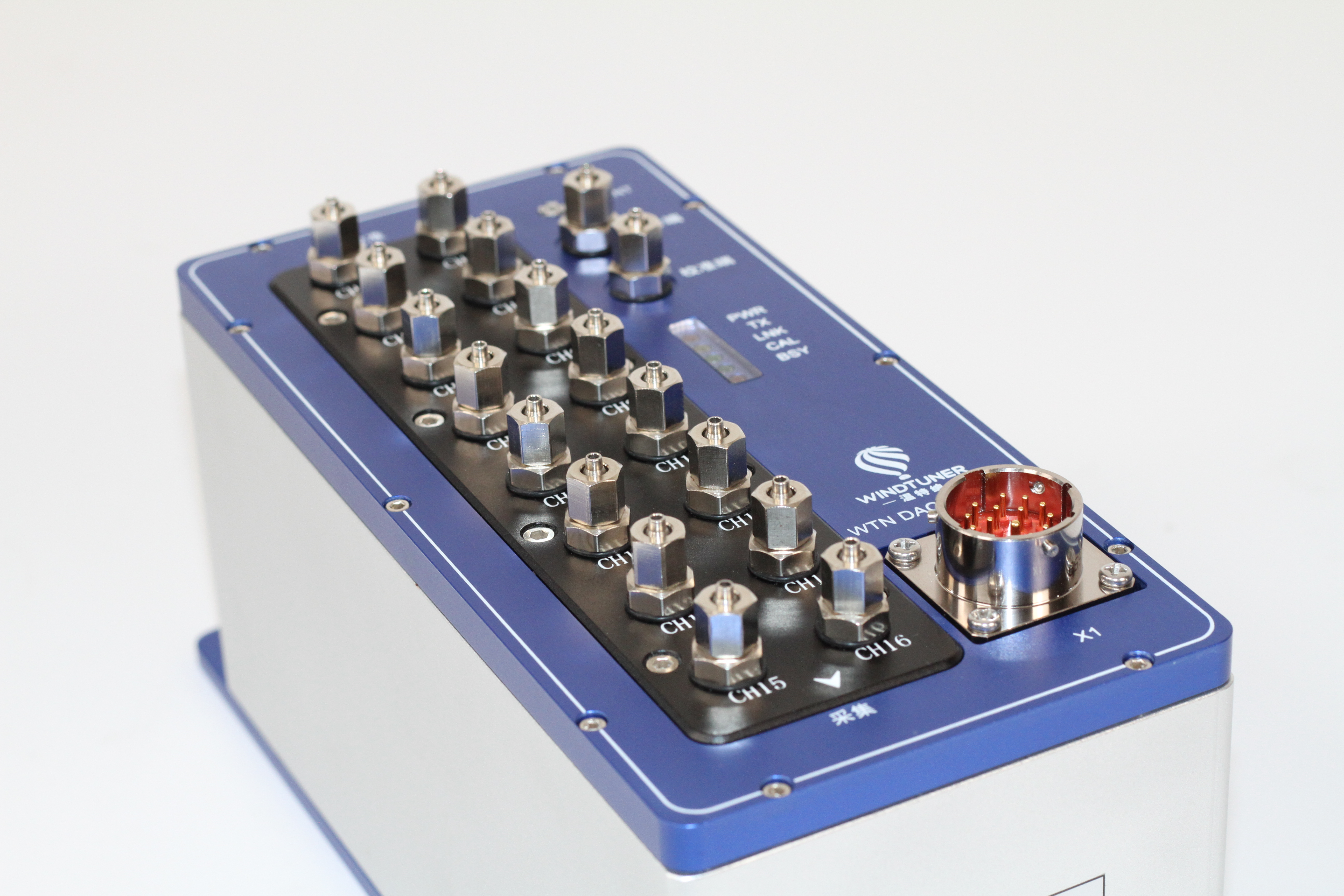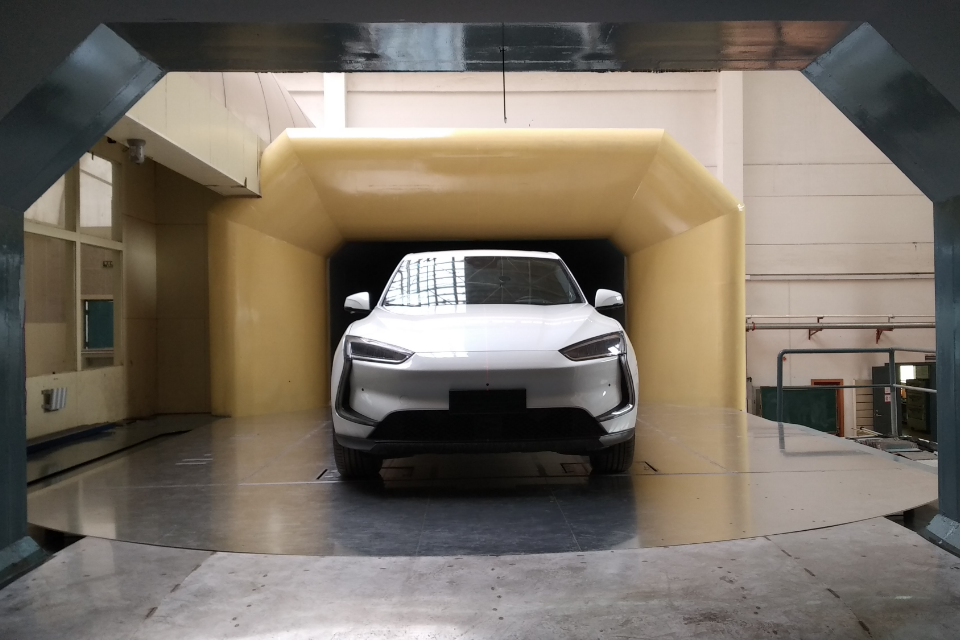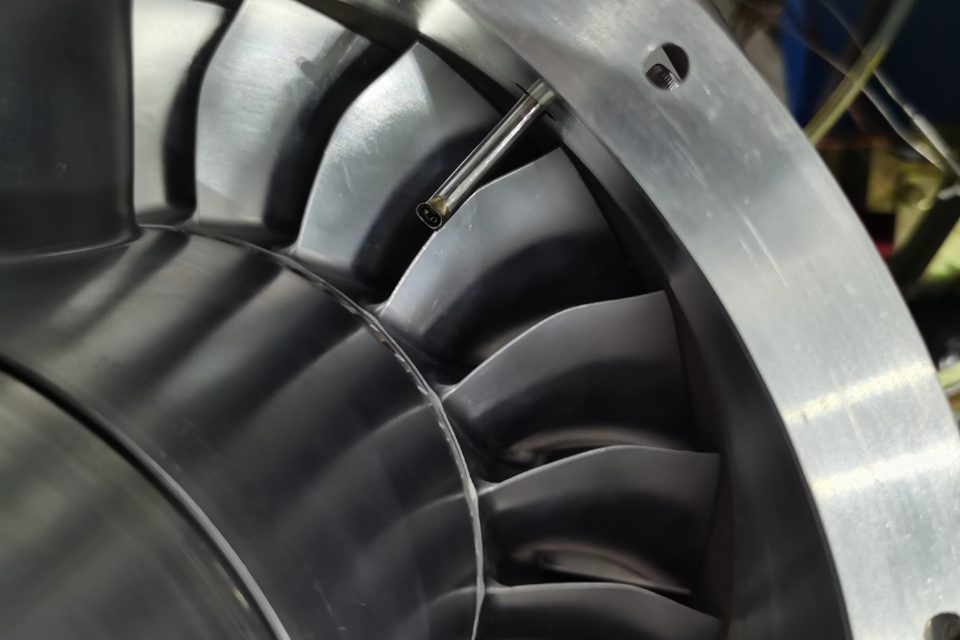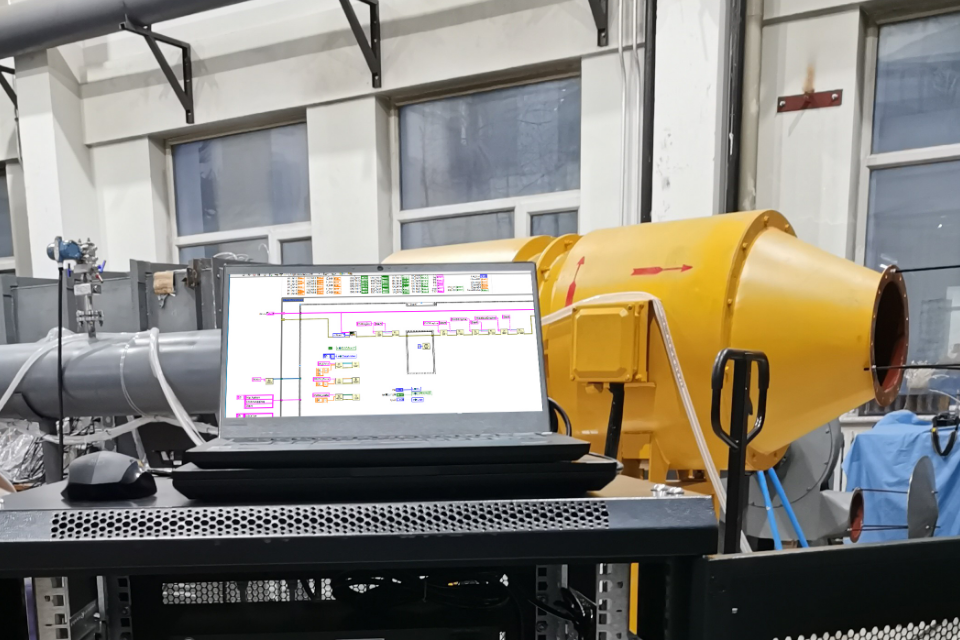- Calibration is Necessary for Pressure Scanners to Operate Properly
A pressure scanner operates by converting aerodynamic pressure signals distributed across a test model surface or within a flow field through multiple high-precision sensor modules into digital data. While Windtuner pressure scanners are inherently accurate and stable, real-world applications are influenced by numerous variables that can introduce deviations. Common sources of error include:
(1) Sensor-related factors:
Zero drift, sensitivity drift, or sensor aging may gradually degrade accuracy. Internal components such as strain gauges or MEMS chips can fatigue or sustain minor damage, resulting in nonlinear errors.
(2) Environmental influences:
Temperature fluctuations cause thermal drift, this distorts readings unless sufficient compensation is provided in some way. Humidity and condensation can affect pneumatic transmission characteristics, while contamination from oil, dust, or particulates may clog pressure channels.
(3)Operating conditions:
In experiments, the cleanness of tested gas or air material is difficult to guarantee. This causes water droplets or oil mist present in wind tunnels or engine test benches to interfere with pressure signals. Strong vibration or mechanical shock may also cause unstable readings or reduce repeatability.
(4)Long-term storage effects:
When a pressure scanner remains unused for extended periods, seals and pneumatic components may age or deteriorate, leading to leakage or zero drift.
(5)Lack of calibration and maintenance:
Without periodic calibration, cumulative sensor drift cannot be corrected, resulting in systematic error. Inadequate maintenance further amplifies measurement bias, such as unclean pneumatic lines or used filters.
Regular calibration effectively compensates for these factors, correcting errors caused by environmental changes and time drift. It ensures that pressure scanners maintain consistent performance throughout their service life. This is why annual calibration has become a standard practice in advanced laboratories and aerospace enterprises worldwide.

II. Windtuner Testing Center: Professional Calibration Services and Designs for Measurement Devices
To meet the industry’s growing demand for high accuracy, traceability, and standardized management, the Windtuner Testing Center provides comprehensive, quantifiable calibration services for pressure scanners from multiple brands and models. The center helps research institutions and industrial users establish reliable data traceability systems and sound equipment management protocols.
(1) Broad compatibility with multi-brand devices
Windtuner has developed mature adaptation, benchmarking, and calibration procedures for pressure measurement devices. Customized reference schemes are designed based on each device’s range and channel configuration, using parallel comparison or reference standard systems to ensure measurement equivalence and traceability and apply even across brands.
(2) Dual certification and legal validity
Windtuner’s Testing Center is accredited by CNAS and operates under the ISO/IEC 17025 management system. Calibration certificates issued by the testing center carry both technical and legal validity, fulfilling the stringent requirements of scientific research, product certification, and engineering acceptance. All credentials and test records are archived for full traceability and compliance verification.
(3) High-accuracy calibration across the full temperature range
Equipped with high-precision reference standards, advanced pressure control and acquisition systems, and fully controllable thermal chambers, Windtuner performs complete performance correction and uncertainty evaluation under full-range, full-temperature conditions. The facility includes intelligent automatic pressure calibrators, digital manometers, intelligent pressure controllers, and high/low temperature alternating humidity chambers.
(4) Tailored calibration programs for diverse engineering needs
Windtuner offers flexible calibration options to accommodate different operational and management requirements:
Factory calibration: Full initial calibration and report for new devices, including curve fitting and zero/sensitivity correction.
Periodic calibration: Routine re-calibration based on usage intensity and management schedules, with certification and record archiving.
Special-purpose calibration: Customized processes such as high/low temperature extreme calibration, on-site rapid calibration, and multi-unit phase synchronization verification.
III. Calibration: The Foundation of Reliability and Compliance
Calibration is more than just a technical process; it safeguards the reliability of important data and regulatory compliance. In both research laboratories and industrial testing environments, only calibrated pressure scanners can deliver trustworthy data.
Windtuner Testing Center provides high-standard calibration services for pressure scanners with its professional capability and certified expertise, empowering scientific and engineering communities to achieve high-quality, traceable, and reliable test results.
















